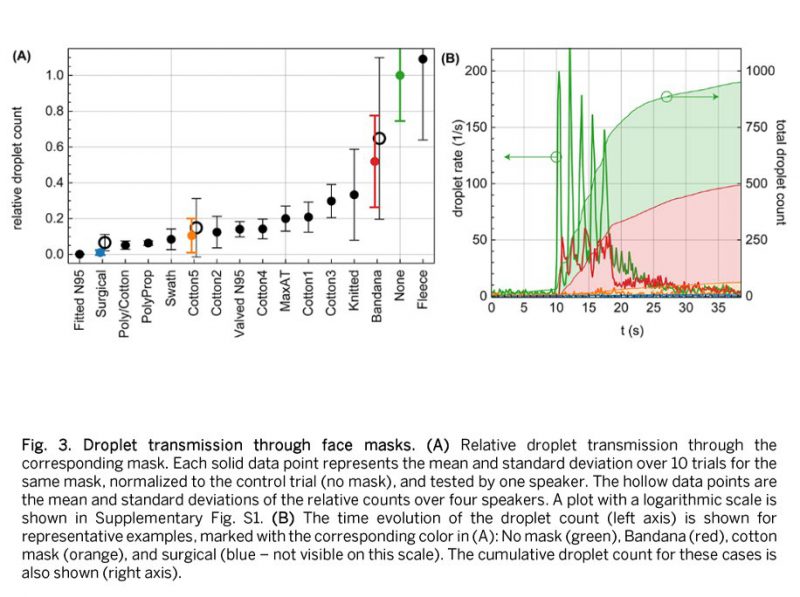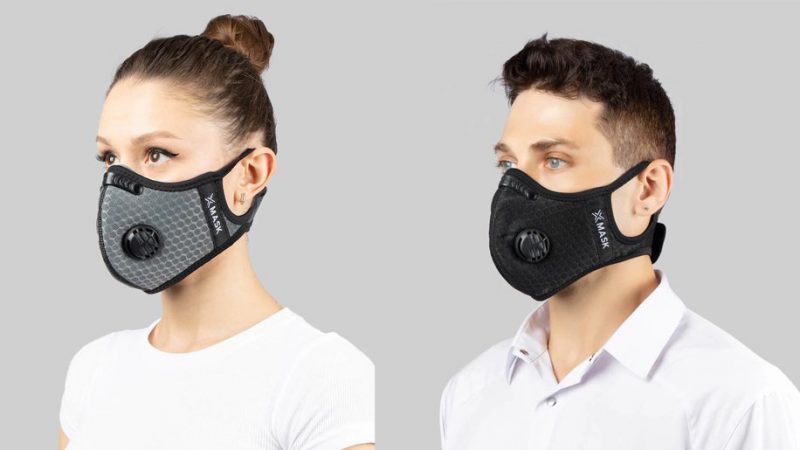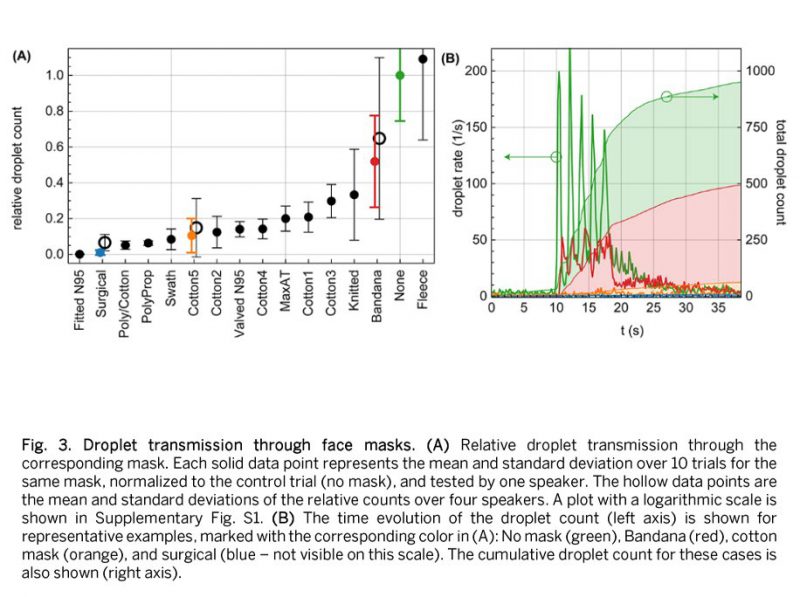Mask Maker Says Vented Mask Ban Unfair
Not all ventilated masks are the same, claims an executive of a mask manufacturer whose product includes medical grade filters
September 1, 2020


In mid-August, the CDC handed down guidance warning against using masks with one-way valves or vents. These ventilated masks, according to the CDC, would be ineffective at stopping respiratory droplets carrying the coronavirus from being exhaled into the air.
The recommendation prompted a ban on these products by most airlines, including American, JetBlue, Delta, United, Alaska Airlines, Southwest and Spirit Airlines.
Warren Wartell, regional director at X Suit.com, a mask manufacturer which makes a ventilated product called the xMask Mesh Filtered Valve Mask, believes that such a blanket ban is unfair.
According to Wartell, filtered valve mask his company manufactures “offers a lightweight, very comfortable, washable and adjustable fit protective facial mask solution to a non-medical consumer. All valved xMasks incorporate medical-grade, replaceable KN95-certified filters.”
The CDC ban on vented masks is largely based on a study conducted by Duke University. The study found vented masks allow exhaled air with respiratory droplets to be released into the limited space of an airliner’s interior, putting other fliers at risk.
“The purpose of masks is to keep respiratory droplets from reaching others to aid with source control,” reads the guidance on the CDC website. “However, masks with one-way valves or vents allow air to be exhaled through a hole in the material, which can result in expelled respiratory droplets that can reach others. This type of mask does not prevent the person wearing the mask from transmitting COVID-19 to others. Therefore, CDC does not recommend using masks for source control if they have an exhalation valve or vent.”
Wartell argues that the ban – and the Duke University study it is based on – does not take into account that N95 valved masks “perform better than many of the cloth masks with regards to frontal face mask exhaust.”

He points out that the medical quality paper disposable masks that airlines give out to customers who don’t have them have the disadvantage of gaping open at the sides – at exactly the place where a fellow flier would be sitting.
“Surgical style masks have a moisture resistant interior coating that would seem to channel exhaust out through the wide gaps around the wearer’s cheeks,” he says. “Particularly problematic for side-by-side passenger situations in an airplane or other public transportation.”
If Wartell is correct, this side exhaust makes the middle seat debate even hotter.
“Not all valve masks are alike,” he says. “Some incorporate valve filters. Our xMask includes KN95-certified valve filters and are intended to match exhaust performance of a fit-tested N95 medical masks. Even unfiltered, these thin diaphragm valved open slightly to exhaust only a small portion of exhalation along the perimeter of the wearer’s face. The valves impede ‘directed flow’ exhaust during a cough or sneeze.”
Wartell admits that it would be difficult for flight attendant to pick and choose which fliers were wearing filtered valve masks rather than the filterless ones but still believes that banning his product and the medically effective N95 filtered mask while allowing flimsy paper masks and facial “gaiters” – which are seen by medical experts as actually expanding the flow of exhaled droplets – is unfair.
“They are not basing the ban on all the facts,” he says. “The result is a ‘theatre’ of safety – the optics of safety, but not decisions based on what a product can and cannot do.”




